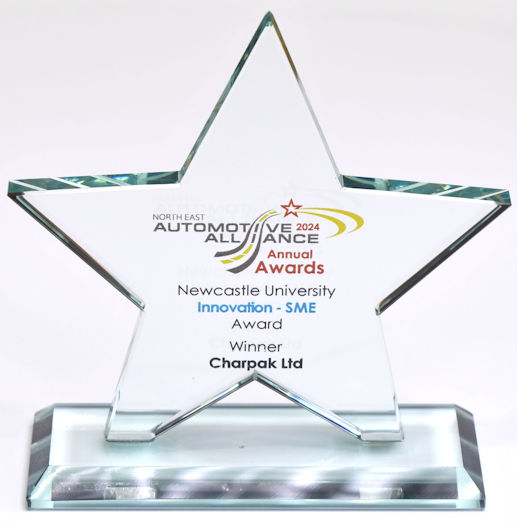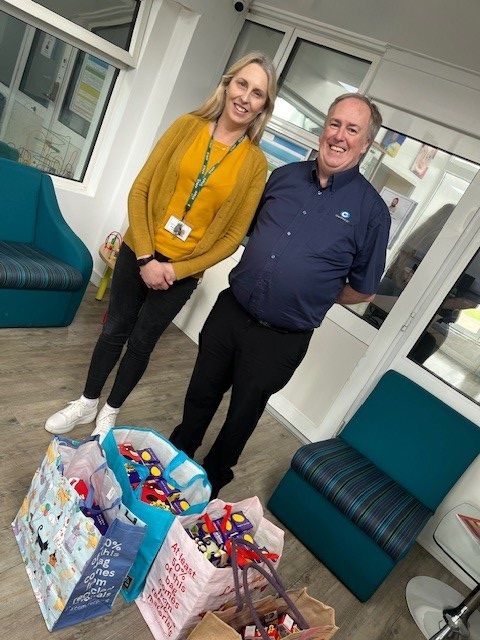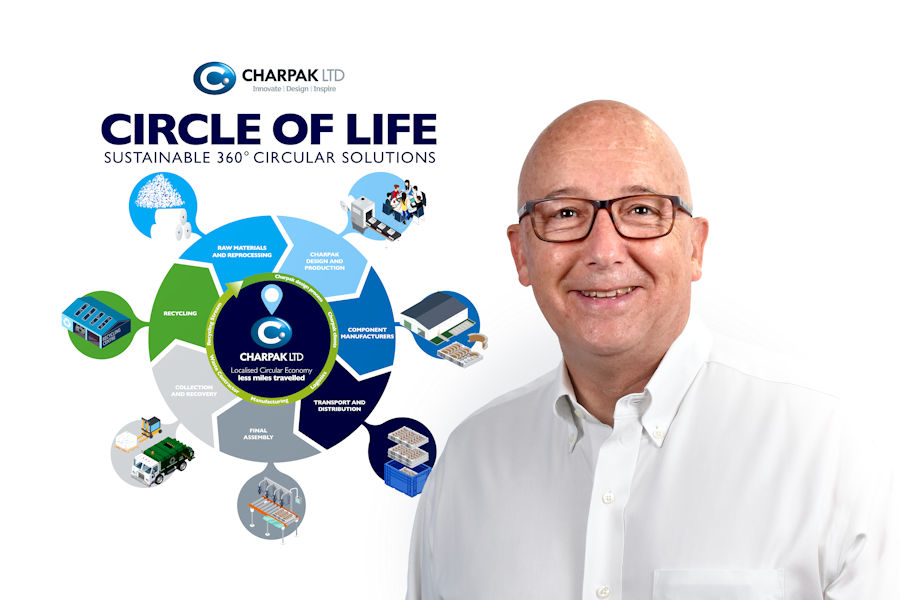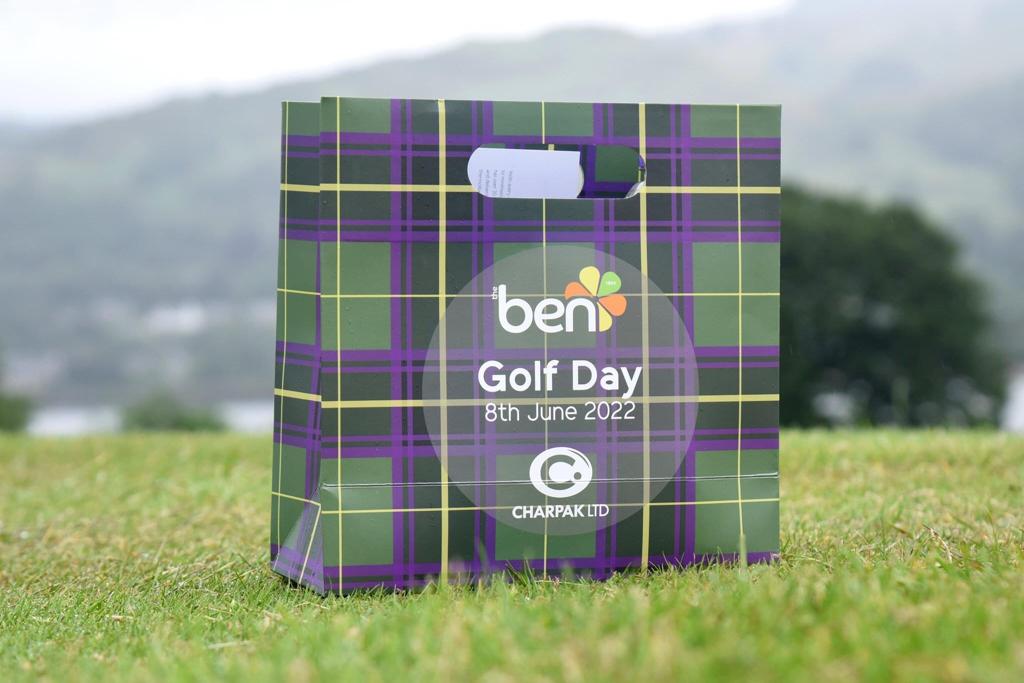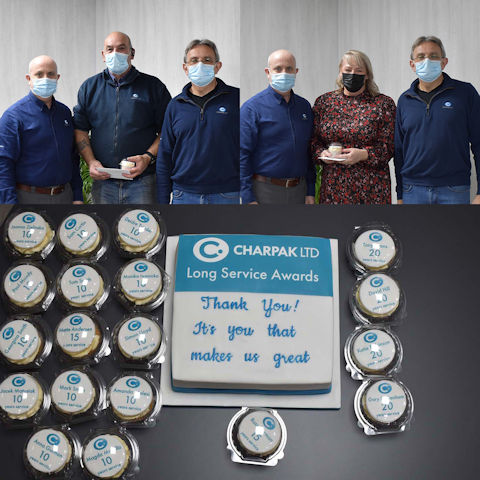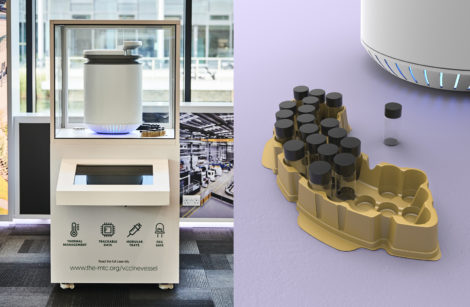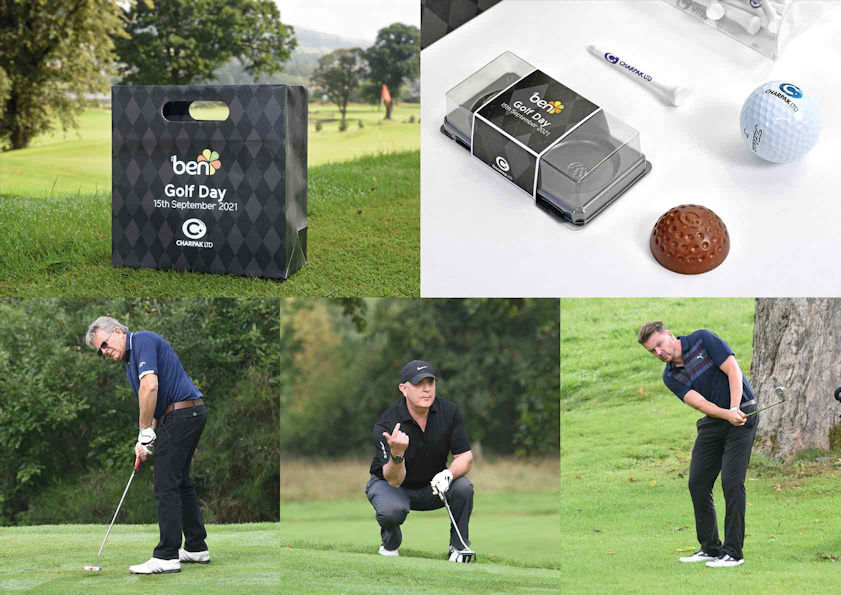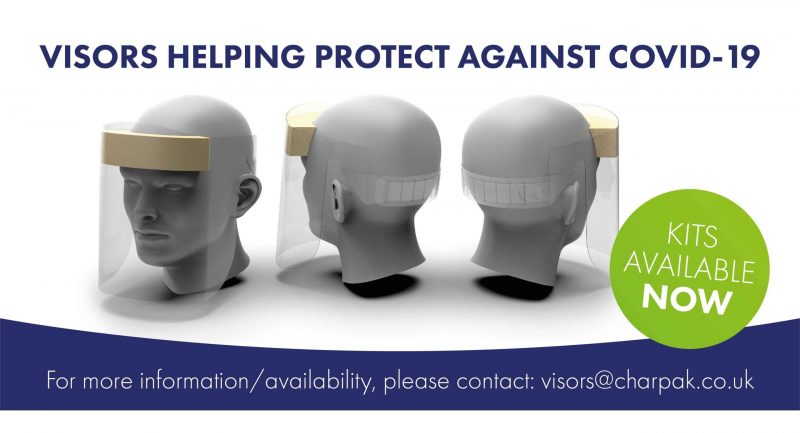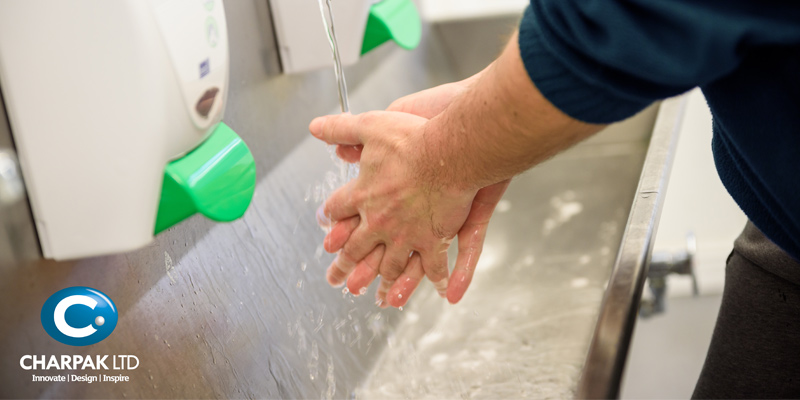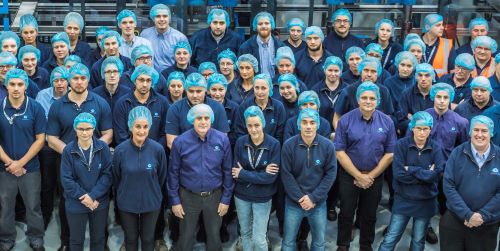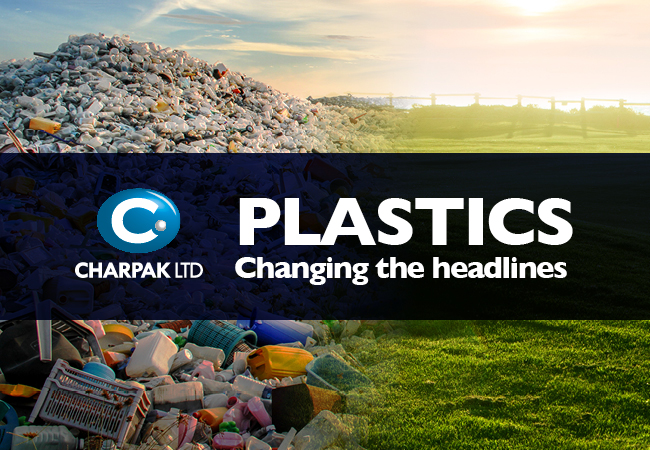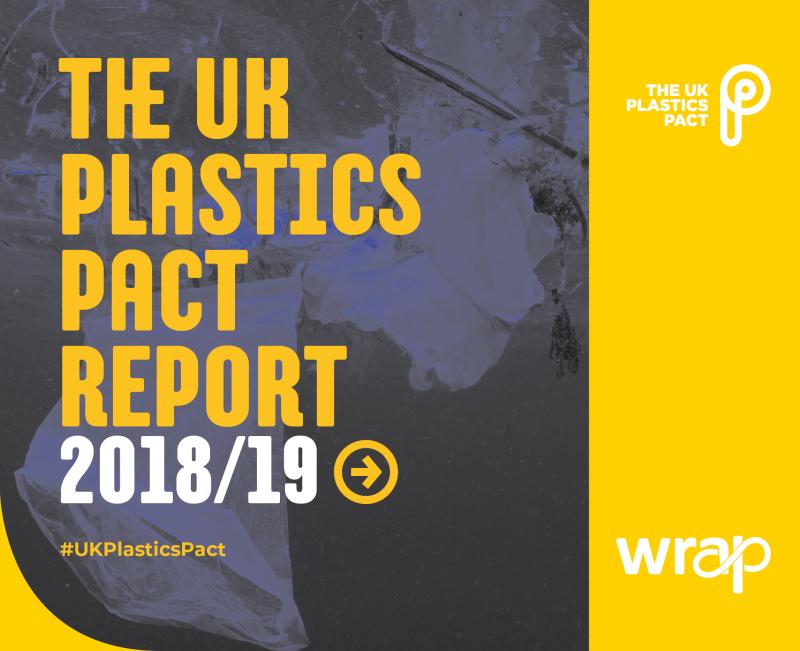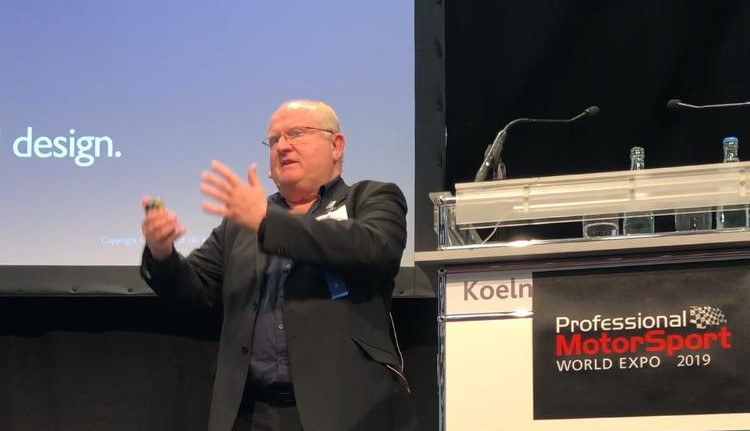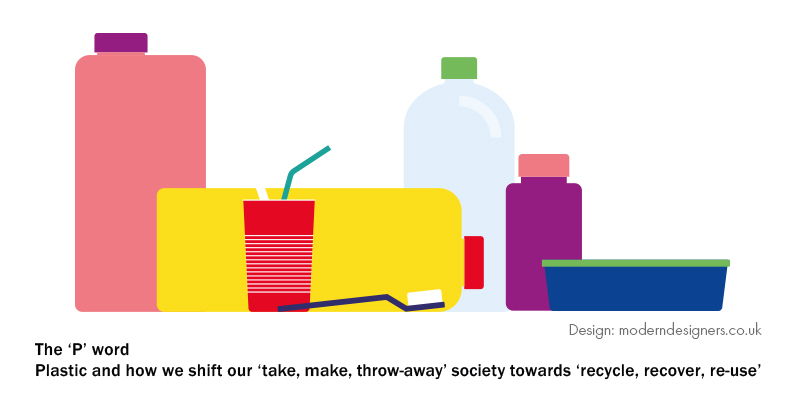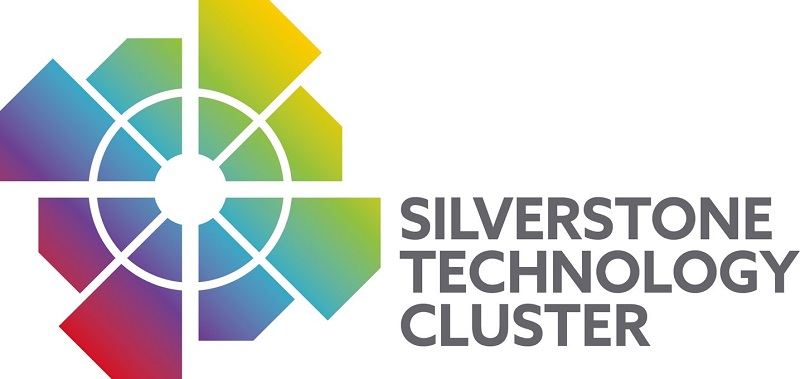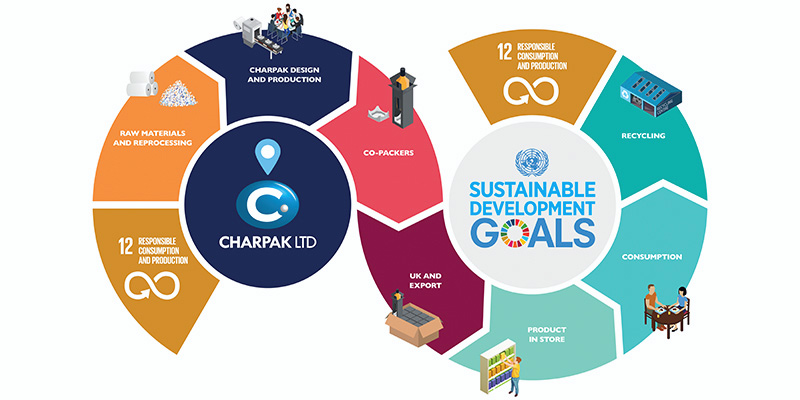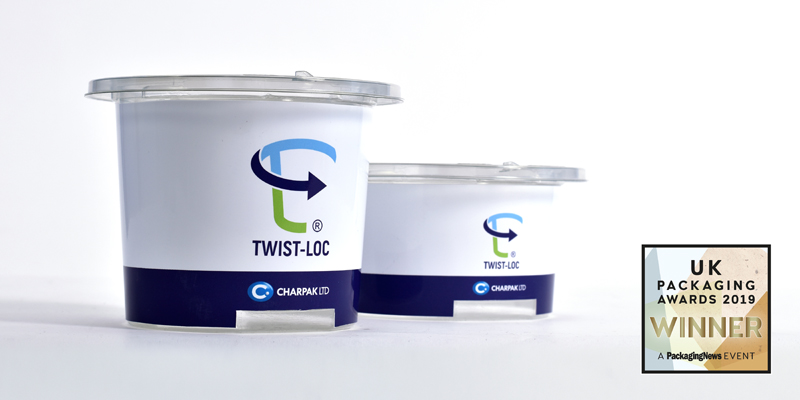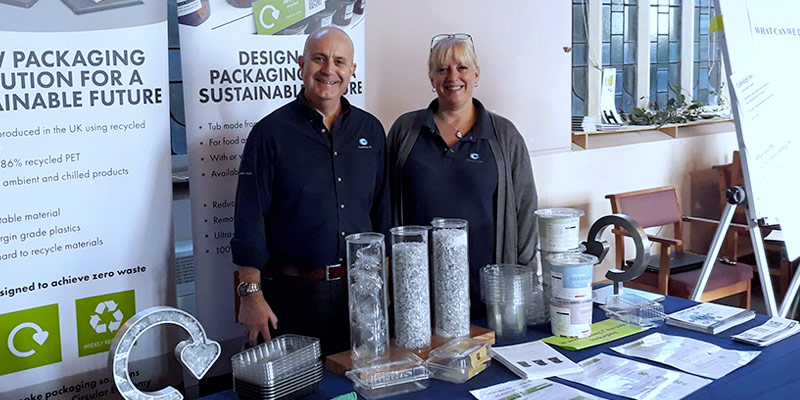Charpak recommends marking all products with the correct recycling logo, based on approval by the client. Where permissible, and not impacting on the clients’ design requirements a “please place in your recycle bin” message is also thermoformed onto the packaging. Charpak’s Designers, Technical and Quality Department actively recommend recycled and recyclable plastics wherever possible, and functional requirements of the products allow.
With a clear environmental policy, and only 0.2% of Charpak’s waste going to landfill, the company is fully committed to minimising any environmental impact from its business activities. Recycle bins are placed throughout the business, with all employees expected to recycle correctly.
